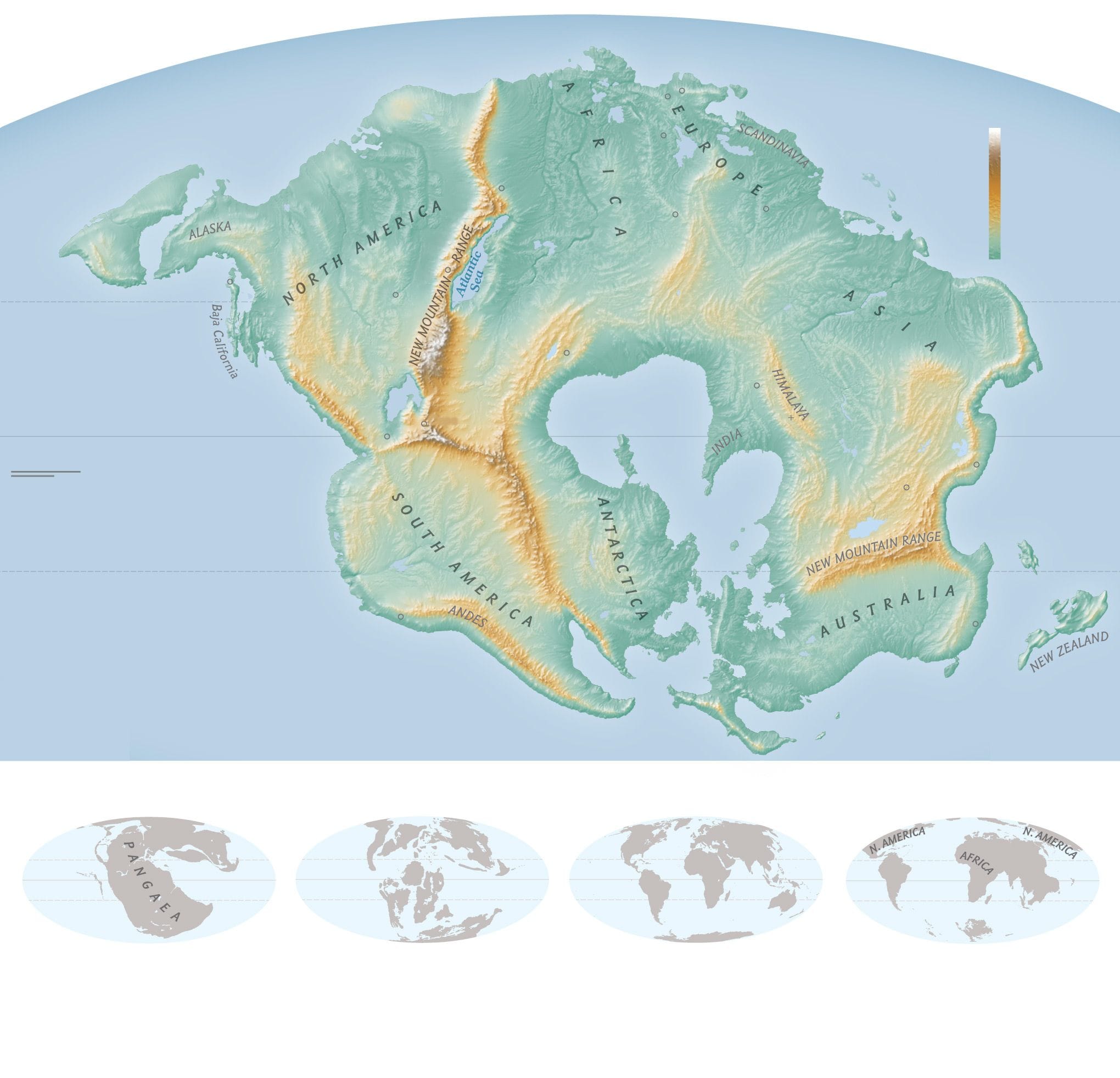NASA’s Curiosity rover has made an exciting discovery on Mars, cracking open a rock that has revealed a surprising array of geological features. This finding not only enhances our understanding of the Martian landscape but also raises intriguing questions about the planet’s past. The rock, located in the Gale Crater, was analyzed by Curiosity’s drill and instruments, uncovering a rich composition of minerals and textures that suggest a complex history of water activity. Scientists believe that these features could provide clues about the environmental conditions that existed on Mars billions of years ago, potentially supporting the idea that the planet may have harbored life. The analysis of the rock’s composition indicates the presence of clay minerals and sulfates, which are often associated with water. This discovery aligns with previous findings from Curiosity, which has been exploring the Gale Crater since 2012. The rover’s ongoing mission continues to shed light on the geological processes that have shaped Mars and its potential for past habitability. As researchers analyze the data collected from this rock, they hope to piece together a more comprehensive picture of Mars’ climatic history and its ability to support life. The Curiosity rover’s findings are a testament to the importance of continued exploration and study of our neighboring planet, as scientists strive to answer the age-old question: Was there ever life on Mars? For more information on this discovery, visit NASA’s official page at https://mars.nasa.gov/msl/mission-updates/curiosity-rover-rock-discovery.
Curiosity’s Rock Discovery on Mars: A Geological Marvel


